Posted: 4/21/15
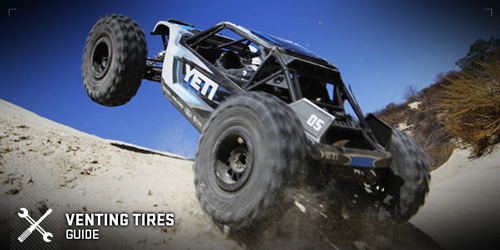
Axial RC vehicles closely mimic real world high performance vehicles in many ways. They both look and function just like what they are modeled after. One exception is how the tires work. Of course, Axial’s tires look extremely realistic. They also are known for providing high performance just like the real tires they replicate. The difference between RC and real tires is what supports the tire. Modern RC high performance tires are supported by foam inserts, as opposed to compressed air. There's no valve stem on an Axial wheel.
The foams used in Axial tires have been selected to mimic a full-size tire that has been aired down. A full-size tire that has been aired down is able to conform around obstacles and provide a lot more traction than a tire properly inflated for highway use. The firmness of the foam Axial uses provides proper support while still allowing the tires to conform just like real tires.
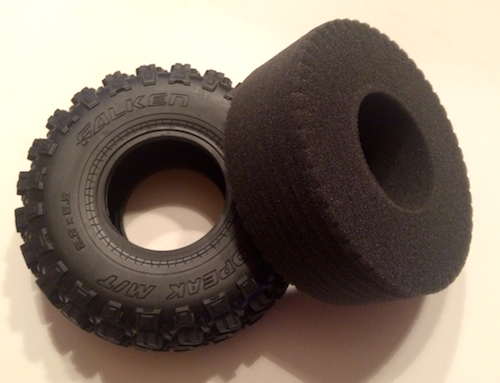
Besides the use of foam inserts in place of compressed air, RC tires are vented and not sealed. The difference is extremely important. If RC tires were sealed, they wouldn’t be able to form around and grip obstacles such as rocks, but even worse, especially with high-speed vehicles such as the Yeti, the tires would act like inflated basket balls and bounce when a vehicle landed. Vent holes allow air to escape and return when a tire impacts the ground. Without breather holes, a sealed tire would bounce like a pogo jumps off.
There are two ways a tire can be vented. One is to vent the wheel and the other is to actually vent the tire.
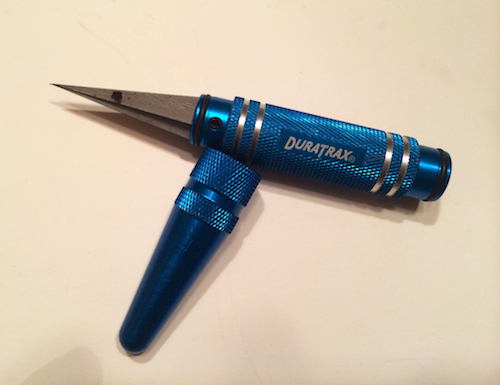
Some wheels come with holes already in the wheel. For additional venting, the stock holes can be enlarged with a body reamer or additional holes can be added.
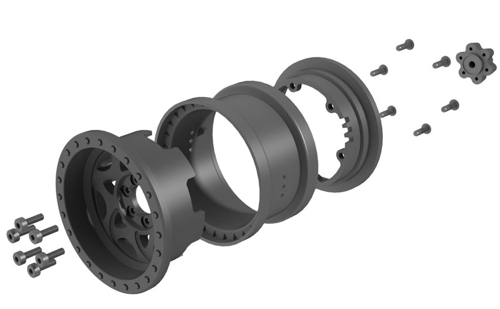
Axial also offers adjustable venting on some wheels such as the Walker Evans and Method wheels used with the Yeti RTR and kit, respectively.
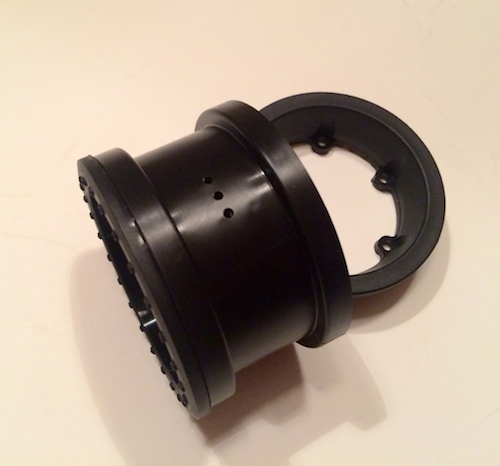
These are extremely handy as increasing venting by opening more breather holes is not permanent. Take advantage of these features and experiment with different settings. If you plan on running in mostly wet conditions, you can seal up all of the holes to help prevent water from entering and getting trapped inside the tire and wheel. It is always best to take your bead lock wheels apart after driving through water so that the foams can dry out.
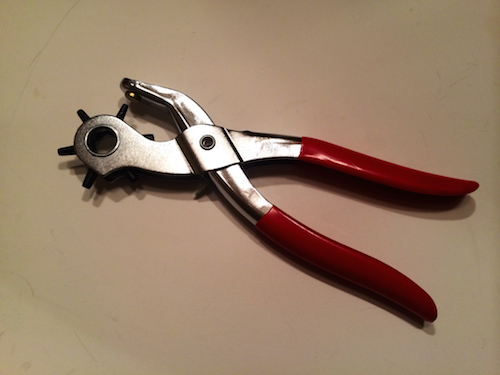
Many racers prefer to vent the tires. Do not attempt to do this with a hobby knife. The best way to vent tires is to use a hole punch tool typically used for leather. These tools can be found as cheaply as $5. Typically, these tools can be adjusted for a variety of sized holes. Two holes using the smallest option are usually perfect for RC use. One of the believed benefits of venting the tires is that dirt can get flung out the hole as the tire spins.
If you notice your vehicle bouncing when landing or that the tires don't conform around obstacles, you should try increasing the venting.